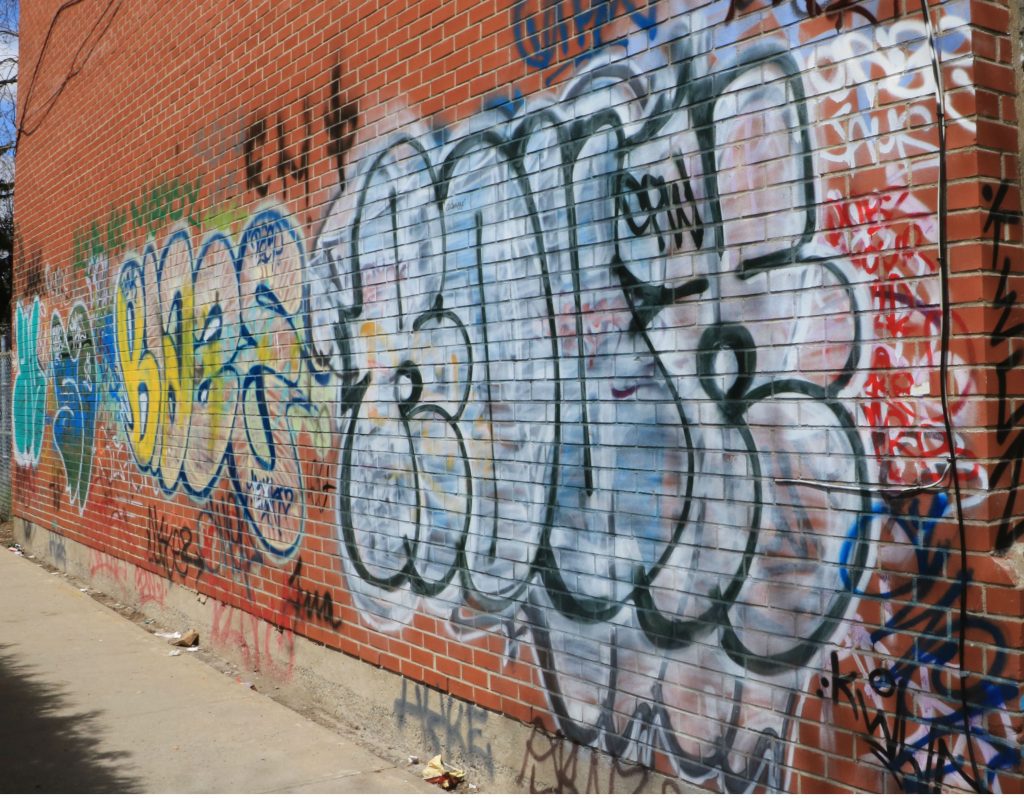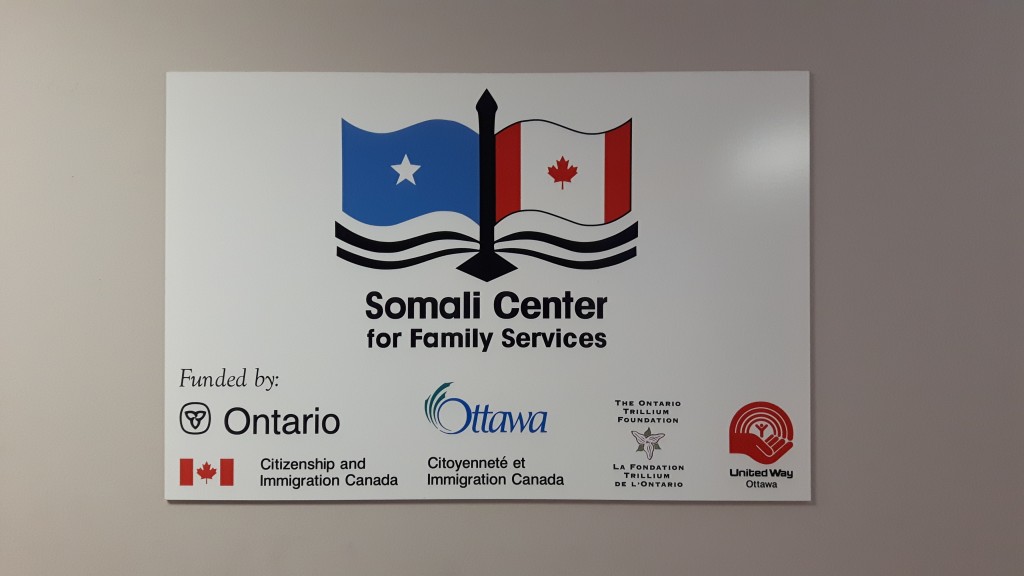
Every day, Bill Ross sends out 40 front-line workers to scavenge the streets of Ottawa for used needles, crack pipes, condoms and sometimes, broken glass.
These women and men are needle hunters who work with the Causeway Work Centre, a not-for-profit agency. Their finds vary each month. Ross said they picked about 2,600 needles off the street in October.
“A lot of these people used to be drug addicts and they feel like they are giving something back by going out and cleaning these areas up,” he said.
According to analysis of data from the City of Ottawa, needle hunters picked more than 17,000 needles off the streets in 2015, a 32 per cent increase from the 2014 total, and more than fifteen times the number retrieved by city staff.
Since 2013, Causeway’s needle hunters have picked an increasing number of improperly disposed drug paraphernalia off the streets, every year.
“They are really responses to the transient nature of needle hotspots,” Dan Osterer, the spokesperson for the health hazard unit at Ottawa Public Health said about why the numbers keep increasing.
Ottawa Public Health and Causeway regularly work together to fine tune needle hunting routes, which results in higher finds, said Osterer.
When Ross started managing the program at Causeway in 2007, he said the hunting routes were not very organized. His organization had fewer hunters who worked only morning shifts.
“When we added the afternoon shifts and we added more people downtown, that meant that we were hitting every park, every school yard, every play ground twice a day,” Ross said.
During one recent exercise, Ross said hunters found about 900 needles stashed at a building downtown.
(Play the Soundclod file to hear Don Ross talk about Causeway’s needle hunting program)
The hunters clean up 10 routes during the summer, scouting the Byward market area, Vanier, Carlington and Centretown in the mornings and late afternoons.
“Spots come and go and we just keep adding or taking away. Some places just die out,” Ross said about routes with the highest number of needles..
The city introduced a winter route in 2012. There’s only one active hunting route for the winter.
“The first couple years had moderate returns but we fine-tuned the way that the winter route functions and that has also led to increase in the finds,” Osterer said.
876,763 objects were dropped in Needle boxes across the city in 2015, a seven percent decrease in the numbers retrieved in 2014.

“It is an estimated number,” Osterer said about the decrease. “We do endeavor to put drop boxes in areas that we think would balance both public safety and encourage usage to ensure public safety.”
There are 78 needle drop boxes across the city where needles and other related paraphernalia can be disposed.
(Click on the icons in the map to see the location of the needle drop boxes in Ottawa. You can also click on the ‘+’ and ‘-‘ buttons under the map to zoom in and out)
Source: City of Ottawa
Osterer guessed that this year’s collection numbers would return to average, but the final number aren’t out yet.
Regarding the risk of needle hunting, Ross said his message is always clear to his hunters.
“I’ve always put forward that their safety comes first,” he said. “If there’s a problem, if there’s somebody back in that alley that’s yelling and screaming, don’t go in.”
(Click on the annotated image to see the City of Ottawa document on what to do with used needles and crack pipes)














